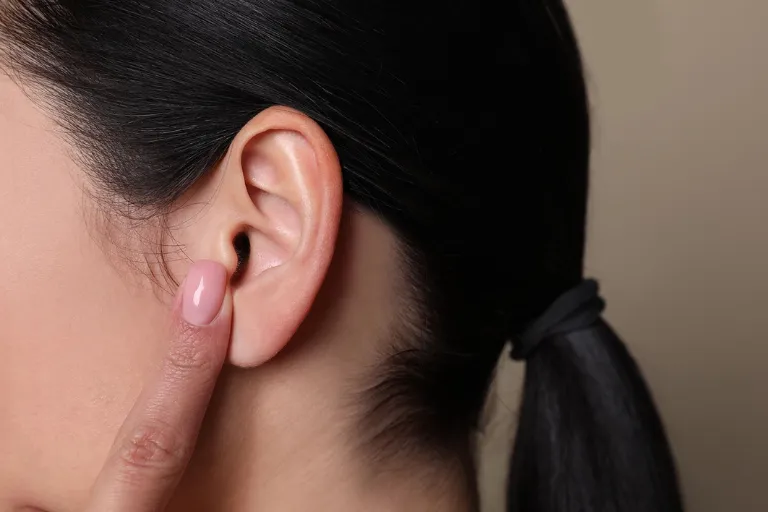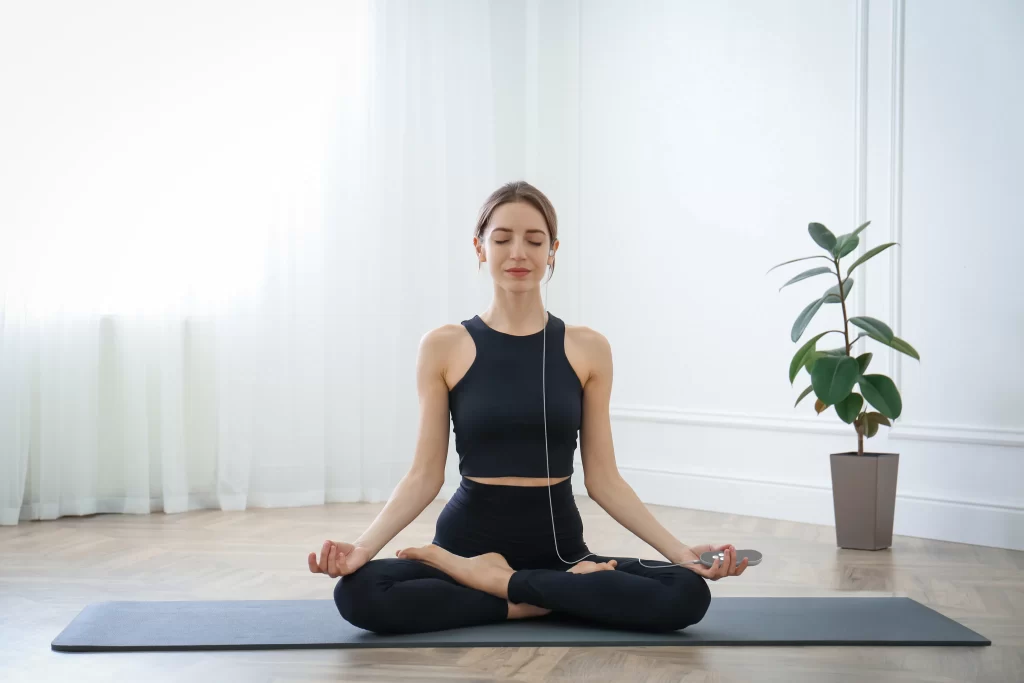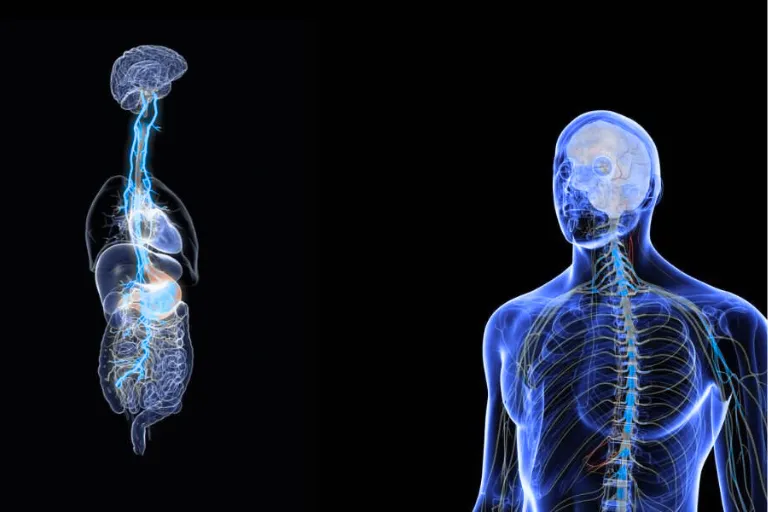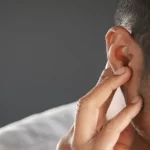The vagus nerve is a vital part of the body’s parasympathetic nervous system, involved in functions like digestion, heart rate, mood, and inflammation. Recently, interest in “vagus nerve hacks” like meditation, cold plunges, and humming has exploded. But which of these techniques actually work, and how do they compare to certified medical stimulation devices?
Why Stimulate the Vagus Nerve?
Stimulating the vagus nerve is believed to help with:
- Mental health (anxiety, depression)
- Sleep regulation
- Digestive issues
- Chronic fatigue and post-viral syndromes
- Autoimmune and inflammatory conditions
Low vagal tone has been linked to over 55 different symptoms. Improving vagal activity can regulate inflammation, enhance mood, and restore autonomic balance.
✅ Did you know? Impaired vagus nerve function has been linked to both physical and emotional symptoms—from IBS to emotional dysregulation. Strengthening vagal tone can be a powerful foundation for whole-body health.

Comparing Popular Vagus Nerve Stimulation Methods
| Method | Scientific Support | Precision | Risks | Medical Use | Convenience |
| Cold Plunges | Mixed | ❌ | High (stress, cardiovascular strain) | ❌ | Requires setup |
| Meditation | Moderate | ❌ | 25% experience negative effects | ❌ | Needs quiet, skill |
| Humming | Promising | ❌/✔️ | Low | ❌ | Easy to do |
| Breathing Exercises | Good | ❌/✔️ | Low | ❌ | Easy to learn |
| VNS Devices | Strong (700+ studies) | ✔️ | Low (<5%) | ✔️ | Simple, passive use |
Cold Exposure: Ice Baths
- Pros: May increase dopamine temporarily, reduce muscle soreness.
- Cons: Triggers stress hormones (adrenaline, cortisol), can be addictive, reduces long-term muscle growth, raises cardiovascular risks, and may worsen inflammation.
- Verdict: Temporary boost, not recommended for regular use without medical advice.
Sources:
Humming
- Pros: Simple and accessible. May enhance vagal tone via vocal vibrations (e.g., Bhramari Pranayama).
- Cons: Effects vary. Evidence is preliminary. Measurement complexity makes outcomes difficult to generalize.
- Verdict: Safe and supportive, but not a reliable standalone intervention.
Sources:
Breathing Exercises
- Pros: Temporarily increases HRV and calms the body.
- Cons: Effects are inconsistent and short-lived. Don’t directly stimulate the vagus nerve.
- Verdict: Helpful for short-term relief but not a long-term medical solution.
Sources:
Meditation
- Pros: Improves focus, mood regulation, and may boost HRV.
- Cons: Up to 25% report emotional distress or anxious thoughts. No consistent evidence of long-term vagal activation.
- Verdict: May benefit some, but not risk-free. Not a substitute for medical treatment.
Sources:

Vagus Nerve Stimulation (VNS)
🔬 Clinically backed: VNS is used in over 700 studies and recommended for therapy-resistant depression, chronic pain, and autonomic dysfunctions.
VNS is a medical technique that sends gentle electrical pulses to the vagus nerve. Once a surgical procedure, it is now available through simple, wearable devices like Nurosym.
- What it does: Activates the vagus nerve directly, improving mood, inflammation control, HRV, and stress resilience.
- Ease of use: Unlike meditation or breathing, you can use it passively while working or relaxing.
- Consistency: No need to rely on willpower—just wear and go.
💡 Nurosym pilot studies showed lasting improvements in sleep and mood even weeks after stopping use.
Sources:
Indirect Benefits vs. Direct Stimulation
Breathing, humming, and meditation can increase parasympathetic activity temporarily—but results vary and fade quickly. They may support well-being, but don’t offer targeted vagal stimulation.
Nurosym, on the other hand, delivers controlled, non-invasive stimulation backed by clinical evidence. It’s not a “hack”—it’s a regulated method for restoring nervous system balance.
Conclusion
While wellness practices like meditation and ice baths may help some people relax, they do not consistently activate or regulate the vagus nerve. For those struggling with symptoms tied to nervous system imbalance—fatigue, stress, mood swings, or brain fog—direct VNS offers a practical, science-backed solution.
If you’re looking for a proven way to shift your nervous system from stress to balance—without daily willpower battles—consider exploring non-invasive VNS through Nurosym.
Special Note: Nurosym is currently offering a €70 subsidy for those willing to participate in a remote user study. This includes feedback on your experience after a few weeks of use.
→ Learn more about Nurosym and how to join the study
Disclaimer: The article does not in any way constitute as medical advice. Please seek consultation with a licensed medical professional before starting any treatment. This website may receive commissions from the links or products mentioned in this article.



